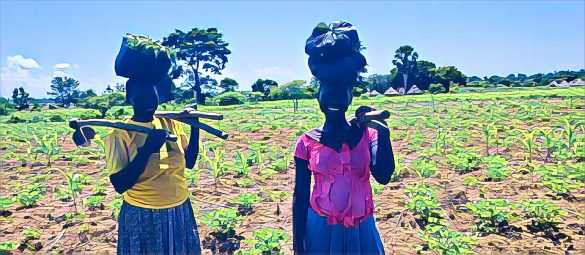KEY POINTS
- Drought-resistant crops like sorghum and millet can boost food production in dry areas.
- Educating and supporting farmers is key to adopting these resilient crops.
- National policies and community efforts can strengthen food security.
Zimbabwe just like other African countries, has had an unending battle with food insecurity. This is further worsened by harsh weather conditions.
Recently, recurring droughts have left farmlands barren, thereby reducing agricultural productivity.
This is very sad because over 70 percent of the country’s population relies heavily on agriculture for livelihood. The drought crisis has placed many people in a vulnerable state. Agricultural activities are almost impossible without rain and good weather conditions.
The ongoing drought has further magnified food insecurity, causing millions of people to starve and have very little to eat.
There is hope even in this adversity. This drought has opened a window of opportunity for us to think outside of the box.
It gives a chance to revolutionize agriculture and build a sustainable system of abundance no matter the climatic conditions. As a country that has battled with drought for quite some time, getting acquainted with drought-resistant crops is the way out.
A shift towards sustainability
Drought-resistance crops are crops that can thrive and produce satisfactory yields in conditions of water shortage. These crops include sorghum, millet, and drought-tolerant maize varieties.
These crops are uniquely designed to withstand dryness, offering farmers opportunities to secure food for their families and communities even when rain refuses to fall.
Educating and supporting farmers for successful harvests
This shift requires more than just planting seeds. It demands a revolution in agricultural practices and mindsets. Farmers need training and support to effectively plant drought-resistant seeds and use techniques that ensure successful harvests.
The implementation of sustainable farming techniques such as water management, conservation agriculture and crop diversification can help in creating a resilient farming ecosystem that can always ensure that there is enough food to go around.
Also, governments and NGOs can provide seeds, tools, and financial incentives such as crop insurance and affordable credit schemes to farmers, enabling them to build sustainable systems.
With these supports, Zimbabwe’s farmers can confidently face future droughts with the assurance that they have the tools to overcome the challenges ahead.


